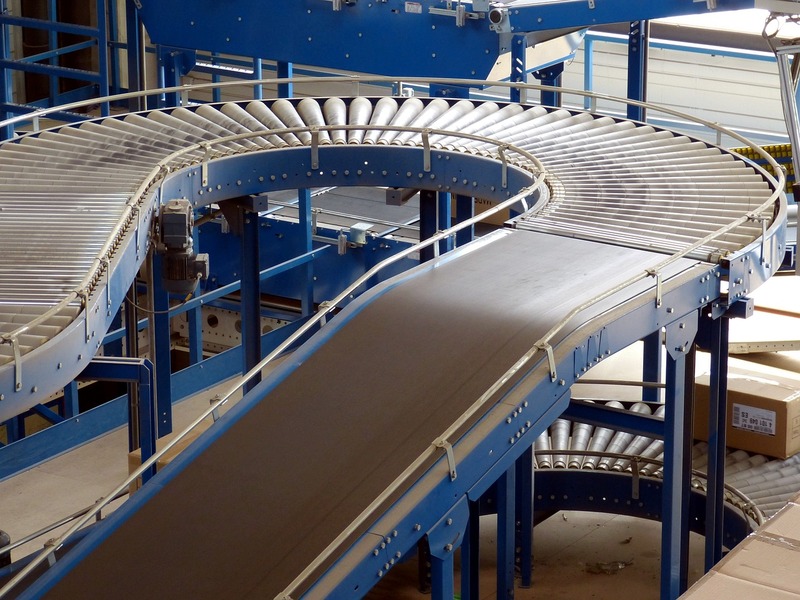Need Support?
Please provide your question. We’ll find you with the best support options.
⬇️ Scroll Down Now or Contact ISK for More Bearing Information
In the realm of mechanical engineering and industrial applications, the terms "bushing" and "bearing" are frequently used, often interchangeably, to describe components that enable smooth rotational movement between machine parts. However, despite their similarities, there are critical differences between these two types of bearings. Understanding these distinctions is crucial for selecting the appropriate solution for specific applications, as it can impact performance, longevity, and overall efficiency of the machinery.
Table of Content
(3) Low Speeds and Light Loads
A bushing, also known as a sleeve bearing or plain bearing, is a cylindrical or flanged device designed to reduce friction and support linear or rotational motion between two mechanical components. Bushings are typically made of low-friction materials, such as bronze, brass, or plastic, which allows them to function without rolling elements like balls or rollers.
Key Characteristics of Bushings
Bushings are generally composed of a single material and consist of a hollow cylindrical shape with an inner diameter (ID) and an outer diameter (OD).
Many bushings require external lubrication to reduce friction and wear. This may involve applying grease or oil to the mating surfaces.
 Further Reading: What factors should be considered when choosing a bearing lubricant?
Further Reading: What factors should be considered when choosing a bearing lubricant?

Bushings are suitable for applications involving low rotational speeds and light loads. They are commonly used in applications such as hinges, pivots, and conveyor belts.
Need Assistance Selecting The Proper Bushings?
If you need help selecting the best products for your specific industry application, ISK BEARINGS offers application support as part of our value-added services to make your job easier.
Bearings, on the other hand, encompass a broader category of devices designed to facilitate smooth movement between machine components by reducing friction and supporting loads. Unlike bushings, bearings employ rolling elements, such as balls or rollers, that distribute the load more evenly, enabling higher speeds and handling heavier loads.
Key Characteristics of Bearings
Bearings are equipped with rolling elements (balls or rollers) positioned between the inner and outer raceways. These elements efficiently reduce friction and enable smoother rotational motion.
Bearings come in various configurations, including deep-groove ball bearings, tapered roller bearings, spherical roller bearings, and many more, each tailored to specific applications.
Need Assistance Selecting The Proper Bearings?
If you need help selecting the best products for your specific industry application, ISK BEARINGS offers application support as part of our value-added services to make your job easier.
| Types |
Bushings |
Bearings |
|---|---|---|
| Design | Solid cylindrical or flanged shape with no rolling elements | Consists of rolling elements (balls or rollers) between inner and outer raceways |
| Friction and Wear | Typically higher friction and wear due to sliding contact | Rolling elements reduce friction and wear |
| Speed Limit | Limited speed capabilities due to sliding contact | Can accommodate higher rotational speeds |
In summary, understanding the differences between bushings and bearings is vital for selecting the appropriate solution for various mechanical applications. Bushings offer a cost-effective and quieter option for low-speed, light-load scenarios, whereas bearings provide superior performance, endurance, and load capacity at higher speeds. When making your choice, consider factors like speed, load, maintenance requirements, and budget constraints to ensure optimal performance and longevity for your machinery or equipment.
 Further Reading:
Further Reading:
Sleeve Bearing vs Bushing: What Difference Between Them
Bearing Sleeve Types: Uses, Materials and Selection Guide Bearing Analysis: In-depth Understanding of the Characteristics and Application Ranges of Needle Bearings and Ball Bearings.
Discover more about the features and applications of various bearings.
Click here to explore more articles and find the perfect bearing for your project.
Needle Bearings (Roller Bearings) are a type of bearing that performs exceptionally well at high speeds. Their rollers are precisely guided by specially shaped, high-rigidity cages with minimal dimensional error. Despite their small cross-section, needle bearings...
How Do Ball Bearings Work? Bearings are often small and unassuming components in a product, yet they are crucial for its proper functioning. Without bearings, many products would fail to operate effectively. But do you know how ball bearings...
Please provide your question. We’ll find you with the best support options.